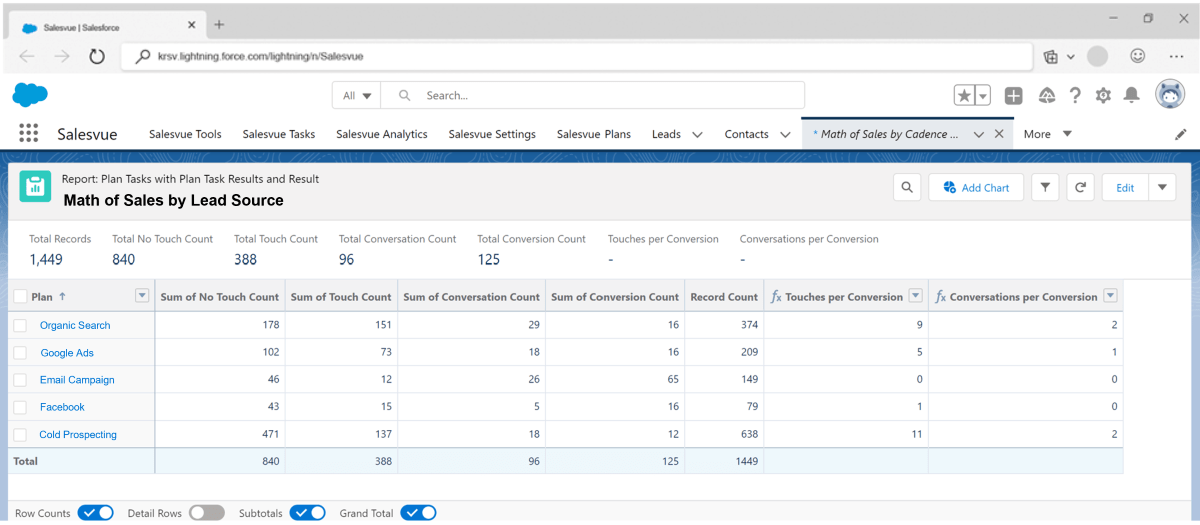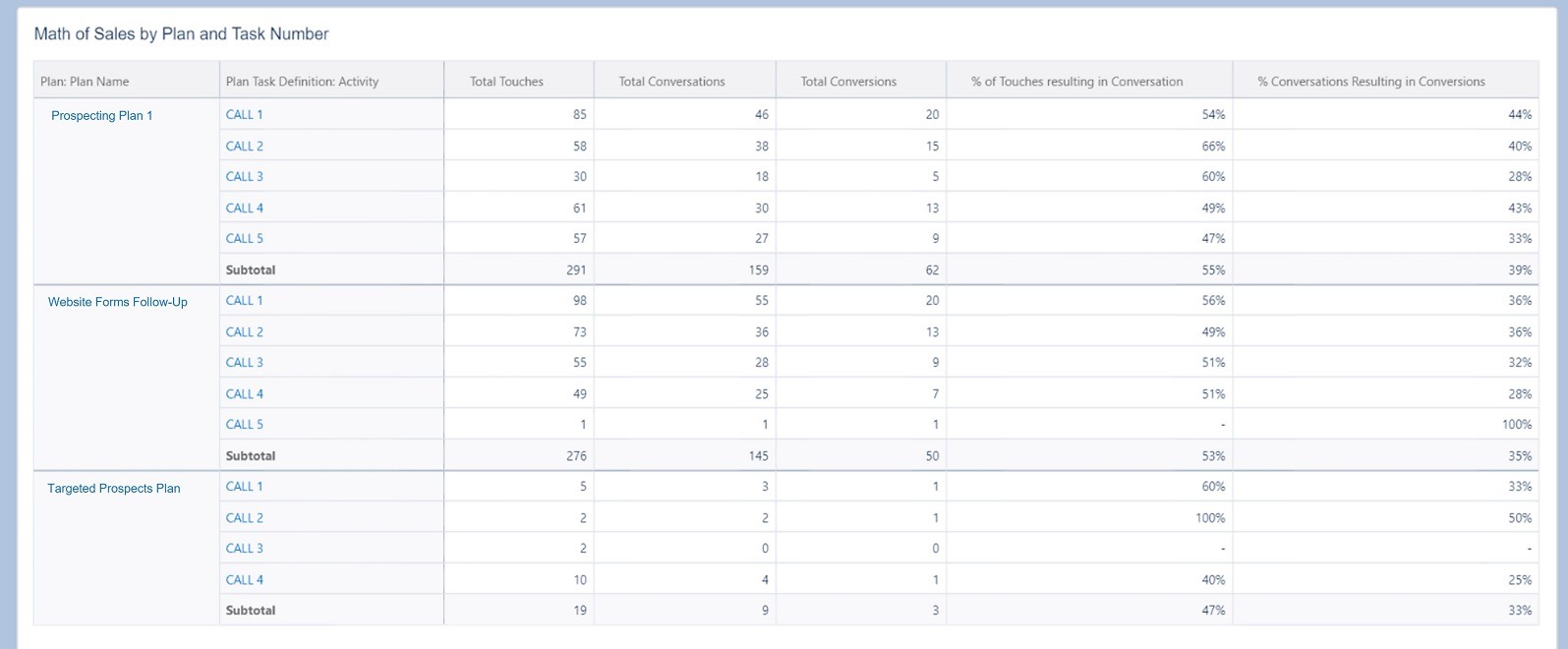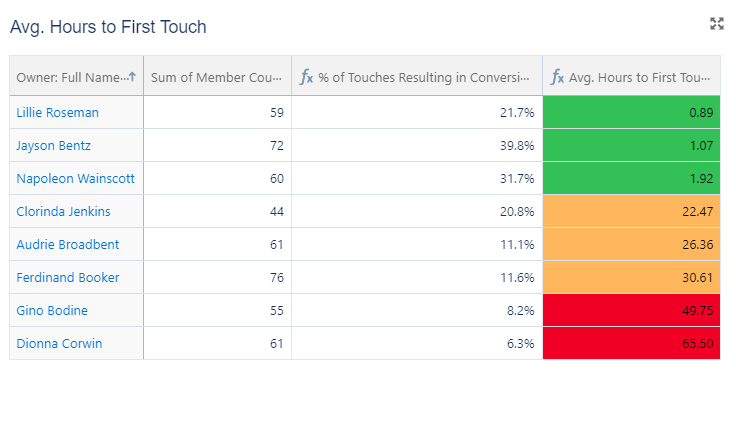Determining exactly how, where, and why sales leads die plagues sales and marketing teams everywhere. Considering that BDRs and AEs are often using different systems, and marketing often has little to no insight into what Sales is doing, it’s no surprise that “76% of customers expect consistent interactions across departments, yet 54% say it generally feels like sales, service, and marketing teams don’t share information.” (Salesforce)
What organizations are often lacking to deliver the best experience at every touch point is a single source of truth (SSOT). In this post, we’ll look at how you can align your sales and marketing team with a SSOT and how you can start using metrics that matter instead of vanity metrics.
Thoughts You May Have
Ever wonder “how did we get here?!” When you pull reports, how often are you questioning:
- Where is the data being drawn from?
- How old is the data?
- Is it complete
- Is it accurate?
Pain Points of Disjointed Reporting
Disjointed reporting and using multiple systems or even multiple CRMs causes a natural divide. It becomes incredibly cumbersome when teams have to report out of multiple systems, and the data doesn't match. Essentially the organization is spending money on Salesforce that isn't helping to drive better decisions, and includes issues such as:
- Low to no visibility on what’s working or not working
- Multiple teams calling the same prospect within days of each other-making your company look like you have no idea what you’re doing
- Teams not making calls to the right or best prospects that will lead to more closed deals
- Prospecting taking far longer than it should to uncover the golden opportunities
- Not clearly seeing whether the reps are focused on the right activities to significantly improve results
- Not being able to scale performance across the organization
- Frustration because MQLs are going stale
If you are feeling these pains, you need a single source of truth that’s easy to use and understand. While Salesforce isn’t easy for everyone, it CAN be the single source of truth.
So, What’s the Solution?
With Salesvue, a Salesforce-native sales engagement platform, you get to keep your SSOT (Salesforce), and get metrics that matter to your sales and marketing teams alike—all in one, easy-to-use interface. There’s no more data syncing issues, offline exporting and number-crunching, or bringing unreliable data to the table.
Improve Data with Better Adoption
Inherently by providing the sales team with a single tool they need for their day, they’re more likely to adopt the platform, which means they’ll be working more efficiently and updating prospect and client information easily and more consistently. This of course leads to better data for analytics, data that the whole organization can rely on to make better decisions.
Better Insights In Action
Let’s take a closer look at how Salesvue can solve multiple pain points without having to abandon Salesforce’s powerful and secure data management capabilities.
Understand what drives results. By combining Salesforce prospect and customer data with sales engagement (cadence) data from Salesvue, you can have powerful insights that the whole organization can trust, because it’s all in one system.
For example, use the Math of Sales report to see which conversions are generated by which lead source, sales person, touchpoint, cadence, industry, or ANY other field from your Salesforce account. You get to decide which metrics matter most with the Math of Sales and eliminate several of the issues we’ve already mentioned.
Just imagine marketing being able to serve up more of the content that drives conversions or focusing on the lead sources that are most effective at leading to conversations with the sales team, not just which ones get more clicks. With that information, Marketing can build more content that works, and Sales can use it more to drive prospects through the sales funnel.

Being able to identify which cadences are working best helps save prospecting time. But even better, understanding the level of effort it takes to convert within a cadence allows your team to spend the optimal amount of time on what works and less on what doesn’t, or discern which messaging is resonating best.
For example, in the report below, Call 2 and 3 on the prospecting plan are generating conversations over 60% of the time, which provides valuable insight into what resonates with their audience.

Or, perhaps one of your reps is making a lot of calls and scheduling a lot of meetings, but she’s calling on too many customers that are unlikely to close. With the Math of Sales, you can quickly determine which industries are more likely to convert and go after your ideal prospects.

Eliminate stale MQLs. Salesvue’s Time-to-First Touch report measures the time between adding a Lead, Contact, Account or Opportunity to the plan and the time that the first communication touch is made to the prospect or lead on a cadence.
Time is of the essence with inbound leads. In this example, we see the average hours to first touch of a marketing qualified lead, by rep, so you can identify which reps have the best behaviors for following up with inbound leads, and you can scale these behaviors to elevate the performance of the team.

It’s often said that sales is a numbers game. Without metrics that matter and a single source of truth, it might as well be just a game. Using the data insights from Salesvue combined with a single source of truth in Salesforce, your sales executives, operations and marketing departments are aligned and more effective. See how Salesvue can work for you.
Category
Tags
Subscribe to Funnel Vision
Get the latest and greatest right in your inbox




